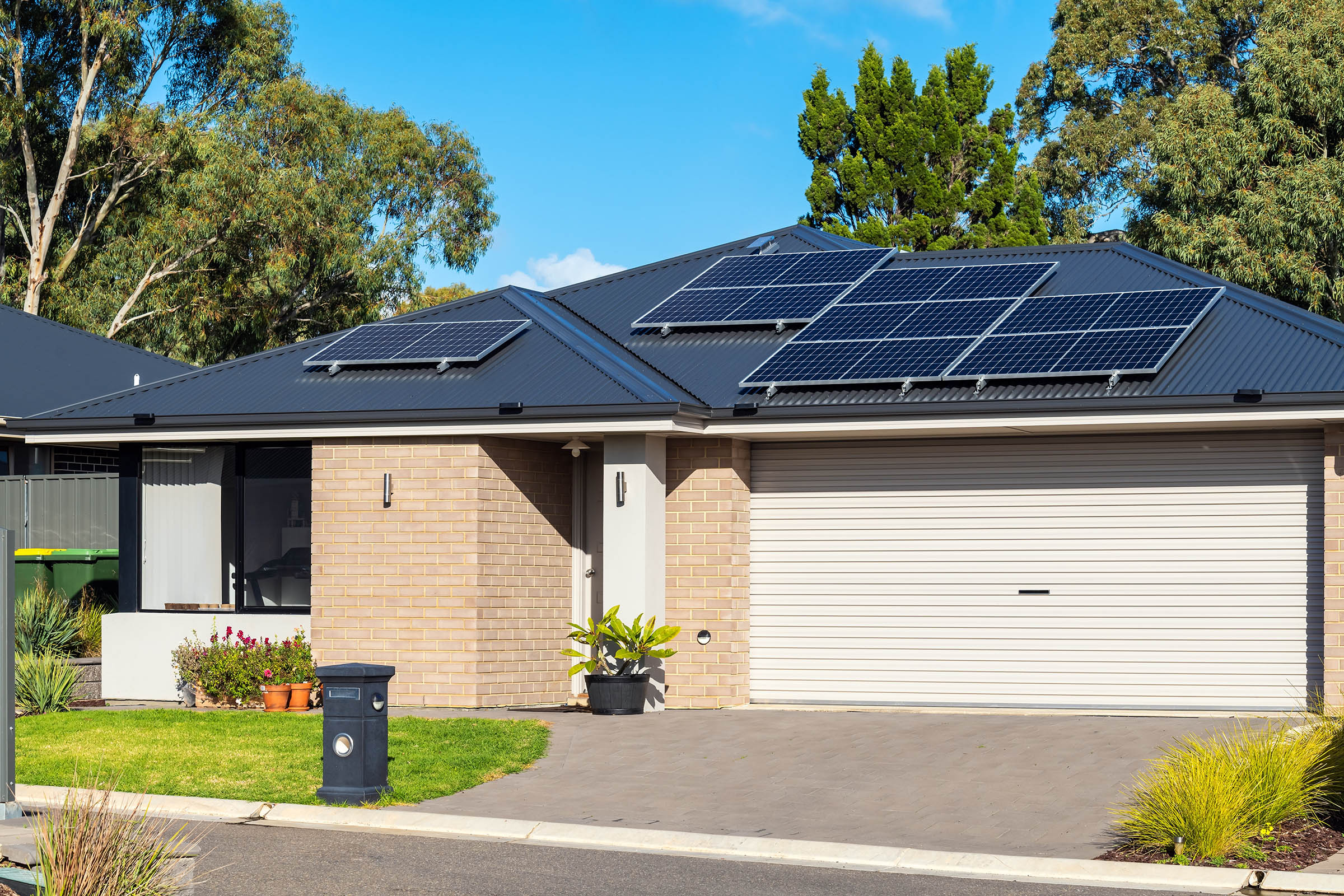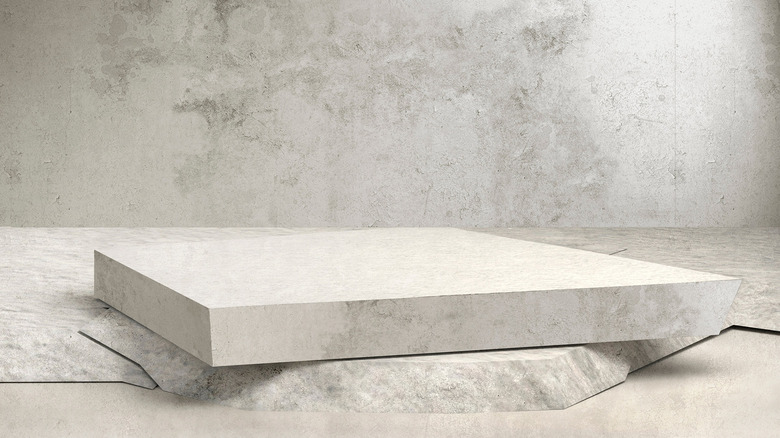Scientists Are Making Energy-Storing Concrete To Turn Buildings Into Giant Batteries
Researchers at MIT continue to look for ways to turn concrete into a perfect energy storage option. The researchers first shared their findings in 2023, suggesting that concrete could be used to store electricity. The hope is that the research could somehow allow us to move beyond standard lithium-ion batteries, which will eventually become near impossible to create due to the finite amount of lithium found in the world.
Being able to store energy is a very important part of life. The researchers say they can see a ton of different uses for concrete that can store electricity. For instance, a house that is located off the power grid could use solar panels to collect energy throughout the day. That energy could then be transferred to the concrete foundations of the house and then used by releasing it later in the evening, once the sun had sunk below the horizon.
It's a bit of an "endless possibilities" kind of thing, and the researchers are well aware of just how much work they have to do to get it to a point where it's actually useable and scaleable to the point where it becomes a more promising option. But, if they can get it there—if they can find out exactly how to make concrete energy storage an everyday occurrence, then they could create some of the cheapest supercapacitors known to humankind.

That would, of course, open new doors for other avenues of research, too. They'll never completely replace batteries, of course. That's because supercapacitors, like the concrete the researchers have created, release their energy rapidly. So, while they won't work great in laptops and smartphones, they could be used to recharge those same batteries much more quickly, allowing electric vehicles to recharge as they drive.
It is still early days, though, and as BBC reports, the concrete they've created right now can only hold under 300 watt-hours per cubic meter of energy—that's just enough to power a 10-watt LED lightbulb for 30 hours. Sure, it's low compared to conventional batteries. However, with a 30-40 cubic-meter foundation, it would be more than sufficient to meet the daily needs of a small house, the researchers say.
It will be interesting to see where this experiment goes and how the researchers continue to use concrete energy storage going forward. If they can truly make it work, then perhaps it can be combined with the more durable concrete that other researchers are making to provide more reliable and extremely durable structures.
